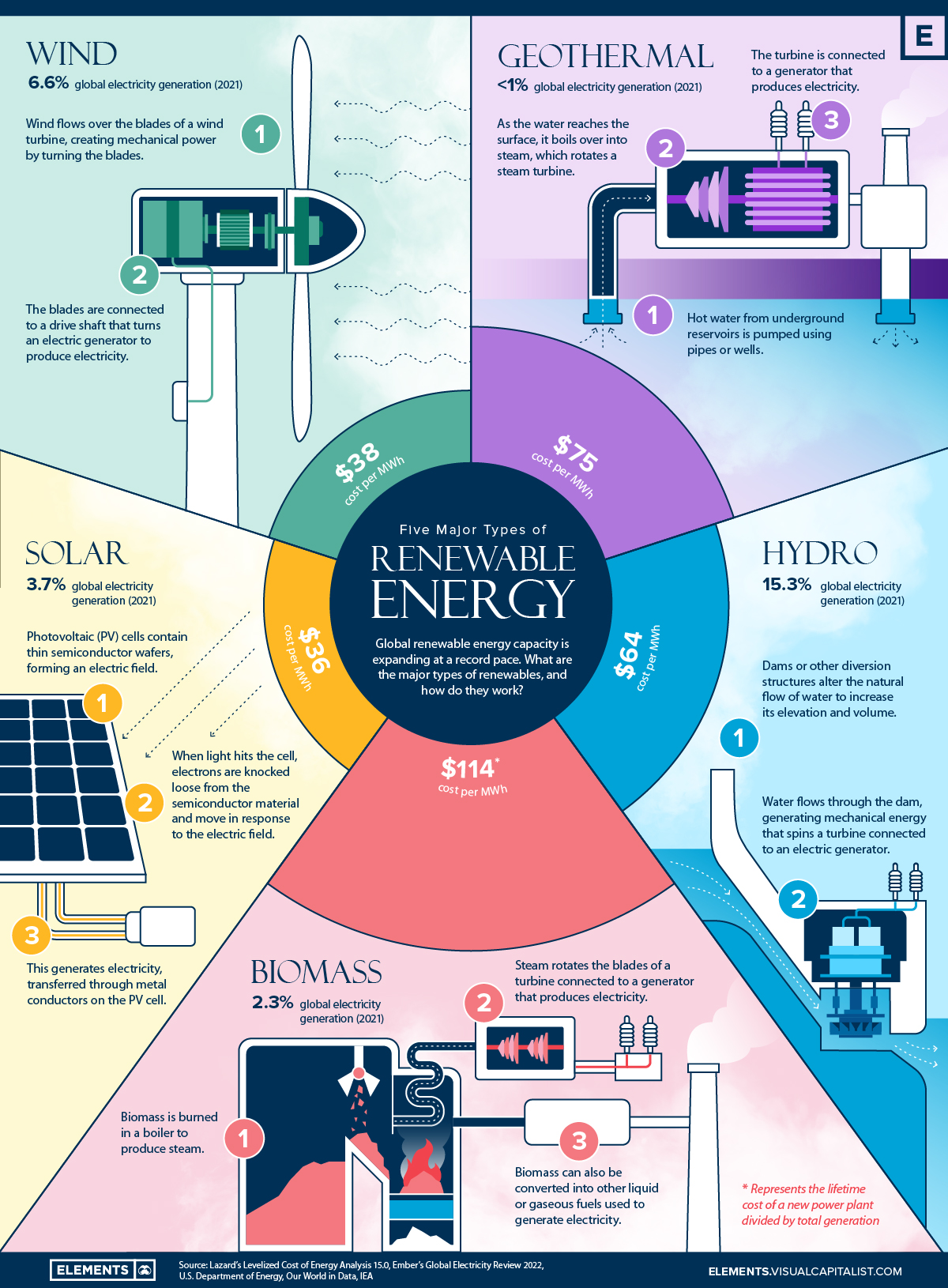Regarding the essential role of renewable energy, it’s worth noting that the world is at a crucial crossroads in the battle against climate change and environmental degradation. The shift towards renewable energy sources has become a beacon of hope for a sustainable future. With that in mind, it’s essential to explore the diverse landscape of renewable energy, its importance, and its role in combating the global energy crisis while mitigating the impact of climate change.
Realistically, the international trade of traditional fuel products such as charcoal is subject to various regulations and trade challenges. Exporting countries must navigate a complex web of import and export restrictions, tariffs, and quality standards imposed by different nations. Additionally, concerns over illegal logging and environmental issues have increased charcoal trade scrutiny. Exporters must be well-informed about the trade regulations in their target markets and establish robust compliance procedures to avoid issues such as trade disputes or market access restrictions. One such sustainable solution is for businesses to focus on renewable energy as a source of modernized fuel generation into the marketplace.
The Imperative For Renewable Energy
Awareness around climate change is shaping the future of the global economy in several ways. Governments are planning how to reduce emissions, investors are scrutinizing companies’ environmental performance, and consumers are becoming conscious of their carbon footprints. But no matter the stakeholder, energy generation and consumption from fossil fuels is one of the biggest contributors to emissions.
Therefore, Renewable Energy Sources have never been more top-of-mind than they are today. Renewable Energy, often referred to as green or clean energy, is derived from naturally replenishing sources. This includes sunlight, wind, rain, tides, waves, geothermal heat, and more. Unlike fossil fuels, these sources are essentially inexhaustible and have a significantly lower environmental impact. The reasons for prioritizing renewable energy are multifold.
Some reasons are as follows:
- Reducing Greenhouse Gas Emissions: The burning of fossil fuels is the primary driver of carbon dioxide (CO2) emissions, which is the leading cause of global warming. Renewable energy sources produce little to no emissions, making them a critical tool in addressing climate change.
- Energy Security: Fossil fuels are finite resources, often located in politically unstable regions. Shifting to renewable energy sources enhances energy security by reducing dependence on these resources and diversifying the energy mix.
- Job Creation: The renewable energy sector is a significant source of job creation. It offers opportunities in manufacturing, installation, maintenance, and research and development.
- Improved Air Quality: Reducing the reliance on fossil fuels for energy production leads to improved air quality and public health, as it reduces the emission of harmful pollutants.
- Sustainability: Renewable energy is sustainable in the long term, as it relies on sources that are continuously replenished by natural processes. This ensures a consistent and reliable energy supply.
The Renewable Energy Types And Sources
On the one hand, renewable energy sources encompass a wide array of technologies, each with its unique characteristics and applications. On the other hand, renewable energy technologies harness the power of the sun, wind, and heat from the Earth’s core, and then transform it into usable forms of energy like heat, electricity, and fuel.
Main Types:
- Solar Energy: Solar panels capture sunlight and convert it into electricity or heat for residential, commercial, and industrial use.
- Wind Energy: Wind turbines harness the kinetic energy of the wind to generate electricity. Wind farms are commonly situated in areas with consistent wind patterns.
- Hydropower: Hydropower systems use the flow of water, typically from rivers or dams, to generate electricity. It’s one of the oldest and most widely used renewable energy sources.
- Geothermal Energy: Geothermal power plants utilize heat from the Earth’s core to produce electricity and heat buildings.
- Biomass Energy: Biomass refers to organic materials, including wood, agricultural residues, and waste, which can be converted into biofuels or used directly for heating and electricity generation.
- Ocean Energy: Ocean energy includes wave and tidal energy. Wave energy captures the motion of ocean waves, while tidal energy harnesses the rise and fall of tides.
Though often out of the limelight, hydro is the largest renewable electricity source, followed by wind and then solar. Together, the five main sources combined for roughly 28% of global electricity generation in 2021, with wind and solar collectively breaking the 10% share barrier for the first time. The levelized cost of energy (LCOE) measures the lifetime costs of a new utility-scale plant divided by total electricity generation.
The LCOE of solar and wind is almost one-fifth that of coal ($167/MWh), meaning that new solar and wind plants are now much cheaper to build and operate than new coal plants over a longer time horizon.

For your information, the above infographic uses data from Lazard, Ember, and other sources to outline everything you need to know about the five key types of renewable energy.
The Solar Revolution
Solar energy has witnessed a remarkable revolution in recent years, becoming one of the most accessible and widely adopted renewable energy sources. Several factors have contributed to this solar surge:
- Advancements in Photovoltaic Technology: Breakthroughs in photovoltaic (PV) technology have significantly increased the efficiency and affordability of solar panels.
- Falling Costs: The cost of solar panels has plummeted, making solar energy more affordable for homeowners and businesses.
- Government Incentives: Many governments offer financial incentives, tax credits, and rebates for installing solar panels, encouraging their adoption.
- Energy Independence: Solar panels allow homeowners and businesses to generate their electricity, reducing reliance on the grid and energy providers.
- Environmental Benefits: Solar energy reduces carbon emissions and dependence on fossil fuels, contributing to a cleaner environment.
Wind Power’s Ascendance
Wind power is another cornerstone of the renewable energy transition. Its growth has been facilitated by:
- Advancements in Turbine Design: Modern wind turbines are more efficient and reliable, making wind power a viable energy source.
- Increasing Wind Farm Capacity: Wind farms have expanded, harnessing more wind energy and contributing to the grid.
- Community Wind Projects: Many communities have embraced small-scale wind energy projects, promoting sustainability and self-sufficiency.
- Offshore Wind Farms: Offshore wind farms are emerging as a significant contributor to wind energy generation.
Challenges and Solutions
While the adoption of renewable energy is promising, several challenges must be addressed to maximize its potential:
- Intermittency: Renewable energy sources, such as solar and wind, are intermittent, requiring efficient energy storage solutions like batteries.
- Infrastructure: Developing the necessary infrastructure for renewable energy generation and distribution is a complex and costly process.
- Grid Integration: Adapting the energy grid to accommodate variable energy sources is crucial for ensuring a stable supply.
- Energy Storage: Effective and scalable energy storage technologies are needed to store excess energy for use during low-production periods.
- Political Will and Policies: Government support through favorable policies, incentives, and regulations is vital for the rapid transition to renewable energy.
Global Efforts and Initiatives
Countries worldwide are taking steps to accelerate the shift to renewable energy:
- The Paris Agreement: An international commitment to limiting global warming, which includes pledges from countries to reduce greenhouse gas emissions and transition to renewable energy.
- Renewable Portfolio Standards: Many regions have established targets for renewable energy adoption, mandating a specific percentage of energy generation from renewable sources.
- Investment in Research and Development: Governments and private sectors are investing in renewable energy research to enhance efficiency and reduce costs.
- Community Initiatives: Grassroots efforts and local community projects are promoting renewable energy awareness and adoption.
The Path Forward
Renewable energy holds the key to a sustainable and environmentally responsible future. Its potential to reduce carbon emissions, create jobs, and enhance energy security is immense. The transition to renewable energy sources is not only a moral imperative but also an economic opportunity. Embracing renewable energy is our path to a cleaner, healthier, and more sustainable world, ensuring that future generations inherit a planet capable of supporting life as we know it. By investing in and adopting renewable energy technologies, we can pave the way for a brighter and more sustainable future for all.
In Summary;
Renewable energy is no longer a futuristic concept but a present-day necessity. Its manifold benefits encompass environmental preservation, energy security, economic growth, and improved public health. The global shift to renewable energy is not only a response to the climate crisis but a catalyst for innovation and prosperity. As we harness the power of the sun, wind, water, and other renewable sources, we are not only reducing our carbon footprint but also setting a course for a sustainable and resilient future. Our decisions and investments today will shape the destiny of generations to come, ensuring a planet where clean, affordable, and abundant energy is within everyone’s reach.

